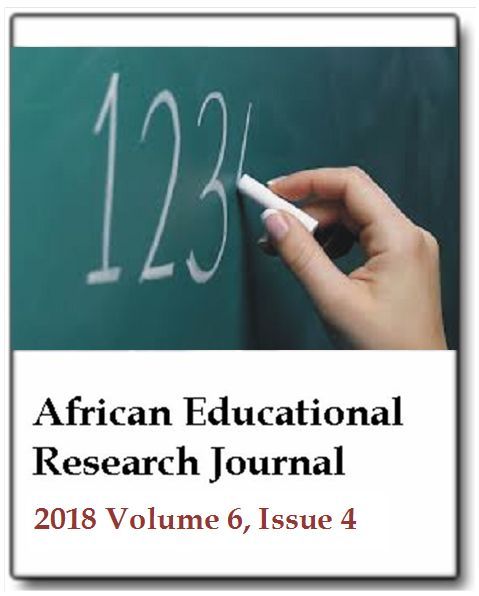Drop-in to special education centers in Bulacan
Leonora F. de JesusAfrican Educational Research Journal
Published: November 2 2018
Volume 6, Issue 4
Pages 250-261
DOI: https://doi.org/10.30918/AERJ.64.18.090
Abstract
The 1987 Philippine Constitution corroborated with the Magna Carta for Disabled is giving full support to the improvement of the total well-being of children with special needs (CSN). This is a proof that the government takes appropriate steps to make education accessible to all disabled persons. This study aimed to determine the extent of support the government is giving to students with special needs; in terms of admission, curriculum, teaching strategies, teacher’s training, special equipment and instructional materials, pupils development activities, funding and early interventions. SWOT analysis was used to capture the strength, weaknesses, opportunities and threats in implementation of the Special Education (SPED) Program in twelve SPED centers in Bulacan. The result of the study will provide perspective if mandates are being followed by the authority involved in the program. Thirty five SPED teachers teaching in self-contained classes in the twelve SPED centers in Bulacan were respondents of this study. Sequential explanatory design was used. This is a two phase design where the quantitative data is collected first such as the respondents’ profile and their evaluation to the program; followed by qualitative data collection in SWOT format. The purpose of qualitative results is to further explain and interpret the findings from the quantitative phase. The profile of respondents was treated using frequency counts and percentage while the evaluation on the management of SPED program was analyzed using mean, standard deviation and SWOT analysis. Problems as perceived by students with exceptional needs (SEN) parents were also enumerated and analyzed. Instruments were observations, questionnaire and structured interview. An on-site visitation was made to these twelve centers. The study concluded that SPED program in Bulacan was given a moderate extent of support based on its computed mean. In spite of the support the national government is giving, instructional materials and special equipment, trainings and specialized curricula must be developed and distributed to each SPED center. Furthermore, a proposed intervention program was made. This intervention program will somehow lessen SEN and their parents’ problem regarding academic achievement, social and emotional skills, medical issues and to further improve the implementation of the SPED program in Bulacan.
Keywords: Children with special needs, self-contained classes, special education program, students with exceptional needs, SWOT analysis.
Full Text PDFThis article is published under the terms of the Creative Commons Attribution License 4.0

